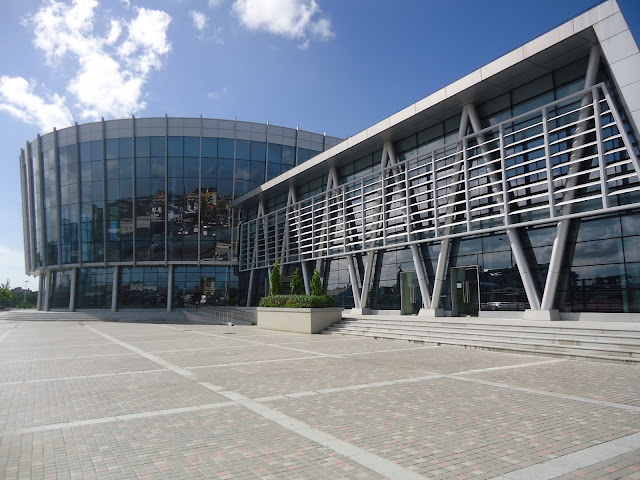In this my final blog entry I will briefly summarize the main
points of my blog entries and also relate them to other blogs done by fellow
classmates on different subjects that can be inter-related through urban
geography. I do hope that you have found the blog entries as informative and
educational as I have. In choosing a topic for this blog assignment it took me
some time to settle on what part of urban geography to consider, however with
time and reflection on what seemed interesting to me I decided to focus on the
urban social nightlife and some of its characteristics. Some of the topics I
focused on included Food, Alcohol, Drug Use, Arts and culture, Crime, Economy,
Prostitution and Employment all of which have intrinsic ties with Urban areas
and Nightlife. As for comparison I would like to reflect on the blogs and one
in particular of Avinash Narine, his blog focused on urban mobility and this
was directly linked to one of my blogs entitled Employment in Urban nightlife
where I spoke of maxi drivers transporting people to popular night spaces; this
is particularly important in the context of urban geography as transportation
and mobility of people within cities is very important. You can take a look at
Mr. Narine’s blog here: http://urbanmobility17.blogspot.com/
Another blog entry that I found particularly linked to this one was a blog by
Mr. Kevin Samuel where he had written about “Youths In Urban space”. In my own
blog entries I spoke of urban nightlife and the industry targeting primarily ‘the
young rich’ who had the capital to support a certain lifestyle with little
commitments; similarly his blog speaks of youths and some of their social
expressions which can be related to Urban social nightlife. He also speaks
about urban culture, crime and prostitution just as I had and it was
interesting to read some of the different perspectives on the same subject. Take
a look at Kevin’s blog here: http://uthmanurban.blogspot.com/
Finally I would
like to draw from another classmate’s blog. Sevaster Ramlogan wrote blogs on
the different arts in Trinidad’s cities and this can be related to the blog I
did on arts and culture where art is manifested through different forms
expressed as different cultures that go way back in time. In my own blogs I spoke
of young people and their urban nightlife experiences as a form and expression
of their art and culture. It was interesting to see the different aspects of
art as presented by different people through different media as represented by
Sevaster. He also spoke about food in a blog entitled “Trinidad's Indigenous
Foods!!!” and this was also very interesting to see someone do another blog
similar to my own on the topic of food highlighting differences and
similarities. You can take a look at
Sevaster’s Blog here: http://urbantriniart.blogspot.com/
Thank you for taking the time to
read.
Regards,
Christopher Mohip






